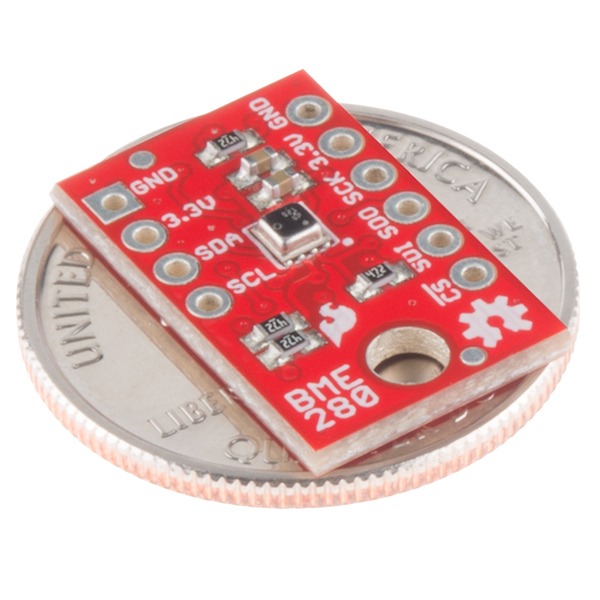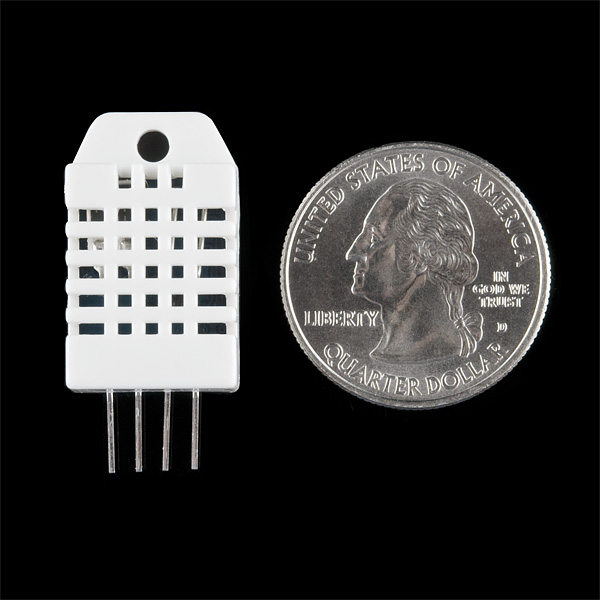Technical description: A geophone converts kinetic ground movement to voltage. Geophones work similarly to microphones, using a coil moving in the field of a magnet to generate voltage changes. A geophone can be used for geologic purposes in order to to monitor seismic activity. More on Wikipedia. Geophones could be used for other purposes such as sensing walking activity.
Limitations: Geophones are relatively expensive, and need to be placed in a special enclosure in order to be inserted into the ground to measure seismic activity.
Skill: Advanced
Sample Sensor: Geophone – SM-24
Sample Exercise: https://create.arduino.cc/projecthub/team-protocentral/measuring-seismic-activity-using-protocentral-openpressure-702324






